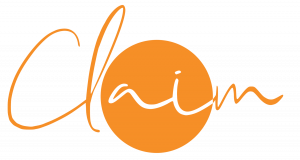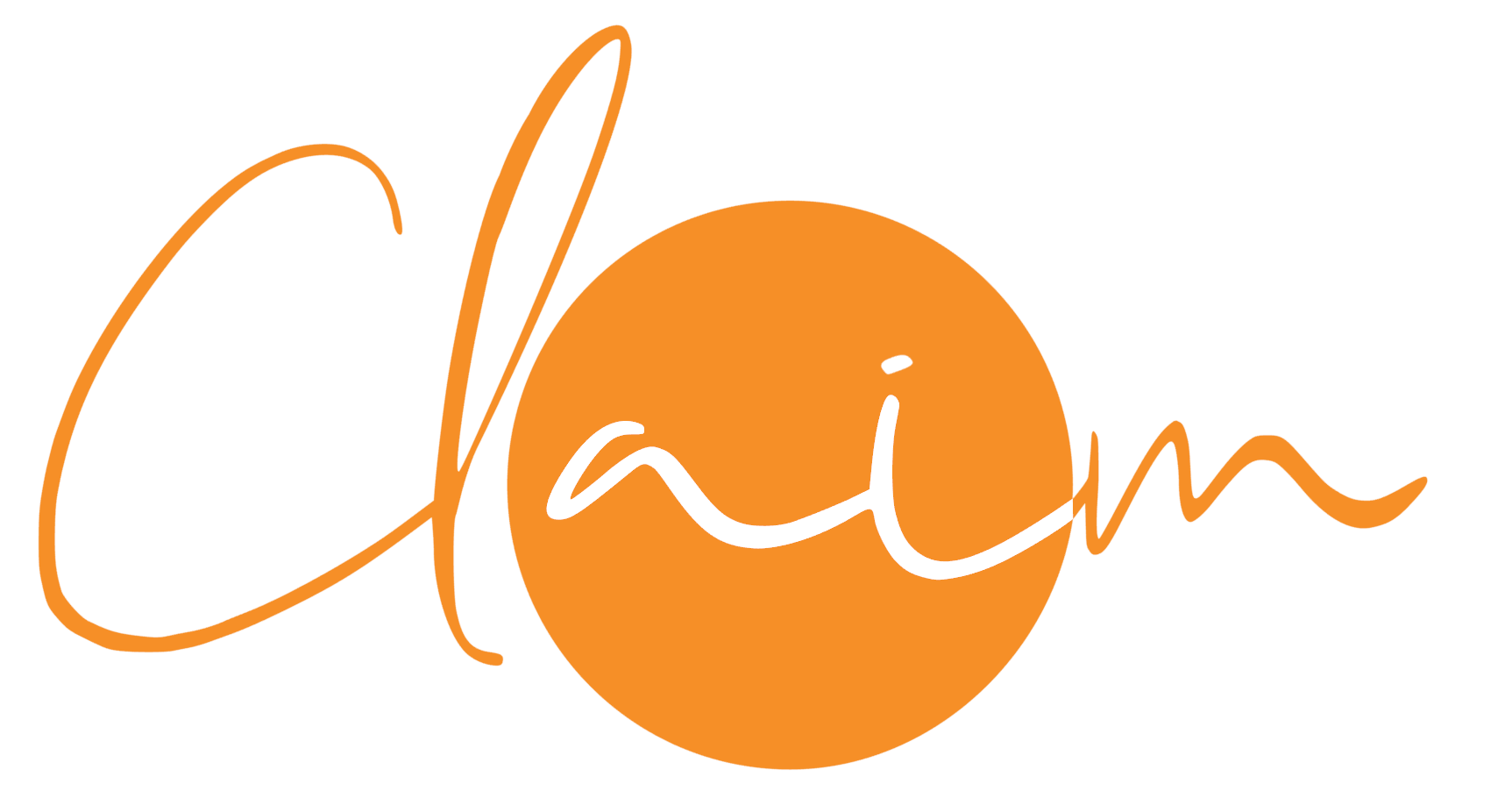F.A.Q.
Claim Manager simplifies the billing process for MDs and healthcare professionals. Below, we’ve answered a few frequently asked questions to help you feel confident from the start.
Yes! Claim Manager is platform-independent. All you need is an internet connection and a browser — it works equally well on Mac, Windows, iOS, and Android.
Yes. We support integrations with popular EMRs like TELUS Health, Oscar EMR, and others, allowing you to upload billing data in bulk directly from your EMR software.
No installation needed! Claim Manager is 100% cloud-based — you can access your account from any modern browser on desktop, tablet, or phone.
No, we do not share or sell your data. Your privacy and confidentiality are our top priority.
Only authorized users within your clinic can access billing data. Admins can control user permissions to limit access based on roles and responsibilities.
Yes, absolutely. Claim Manager uses bank-level encryption (256-bit SSL) to protect your information. All data is stored securely in Canadian data centers and is fully compliant with PIPEDA and PHIPA regulations.
Here is a simplified description of how Hush Video Chat works. When a call recipient clicks on the invitation link, the link opens in their browser. The browsers use that link to exchange information about their available communication means (ports and protocols). It is called handshake. If the browsers detect a compatible combination of such means, they use those ports and protocols to establish secure peer-to-peer connection. At some point, the caller’s browser generates a number of encryption keys, encrypts them, and passes them on to the call recipient’s browser. Those keys will be used to encrypt and decrypt the video stream. The keys are temporarily and disposable. Each session will require new set of keys as they expire as soon as the connection ends. To start capturing video and audio, the browser needs to use the device’s video camera and mic. If such a permission is not granted and stored in its settings, the browser will request the user’s permission to access them. It will display a pop-up permission request. A user needs to click on it to grant the permission. If the access is denied, the session will not happen. If the permission is granted, the session will begin right after the handshake, which means as soon as the call recipient joins the call. Before the video and audio stream is sent, it has to be encrypted. Your data is technically incapable to leave your browser if it does not get encrypted with DTLS protocol. After the encryption, the data is sent by the Internet wires or waives directly to the 2nd participant’s browser, which is capable of decrypting it in real time using the keys obtained during the handshake.
The encryption happens in your browser.
If you were able to browse Internet and find our site, you already have the software. It is your Internet browser software that you are using right now to access and read this answer. You can have several Internet browser software installed on your computer. If one of the browsers does not work, please try another one. However, most modern Internet browsers support technology that we used to build Hush Video Call. For a list of supported browsers, please read a corresponding topic in this section.

